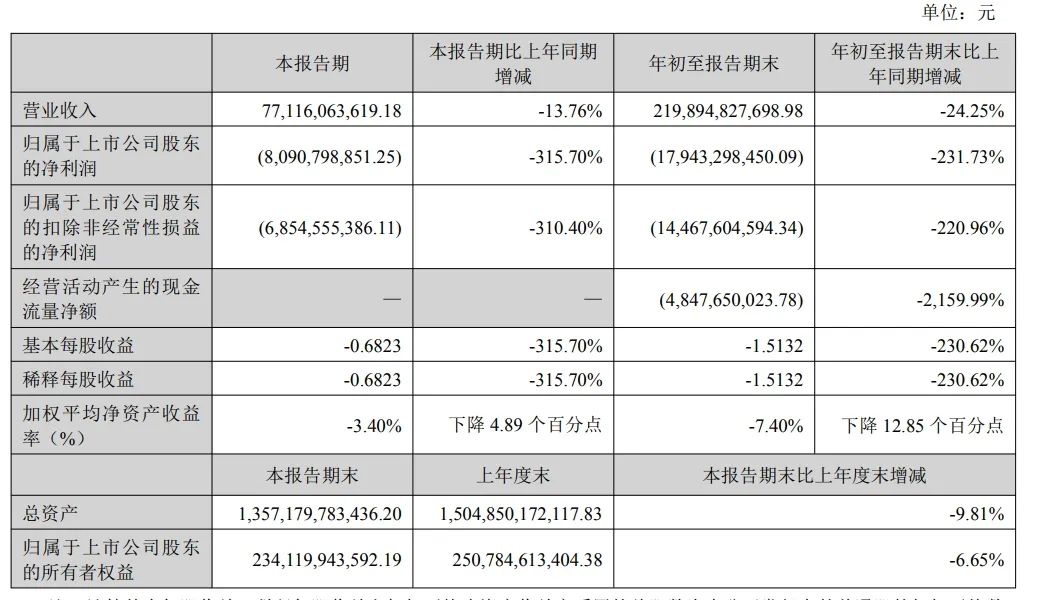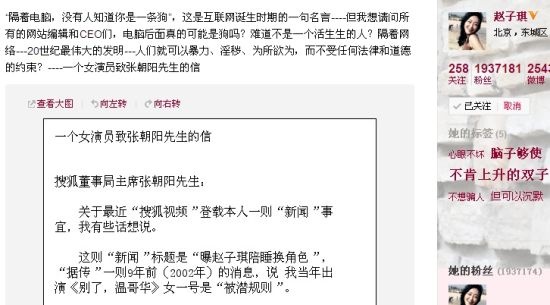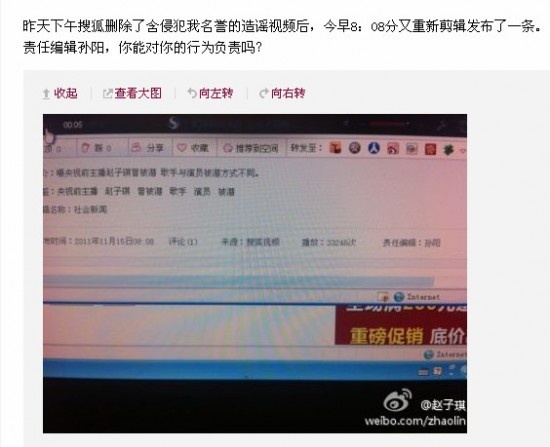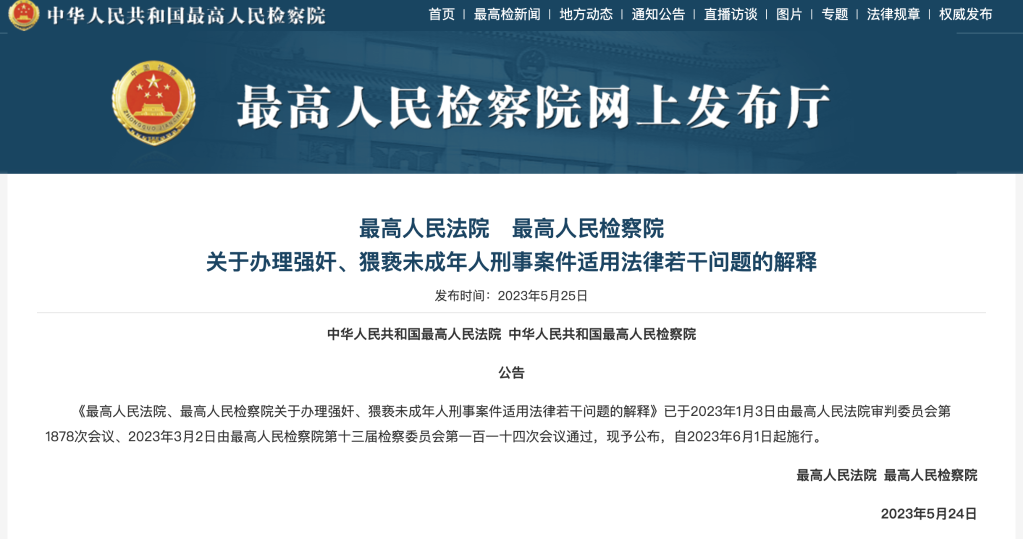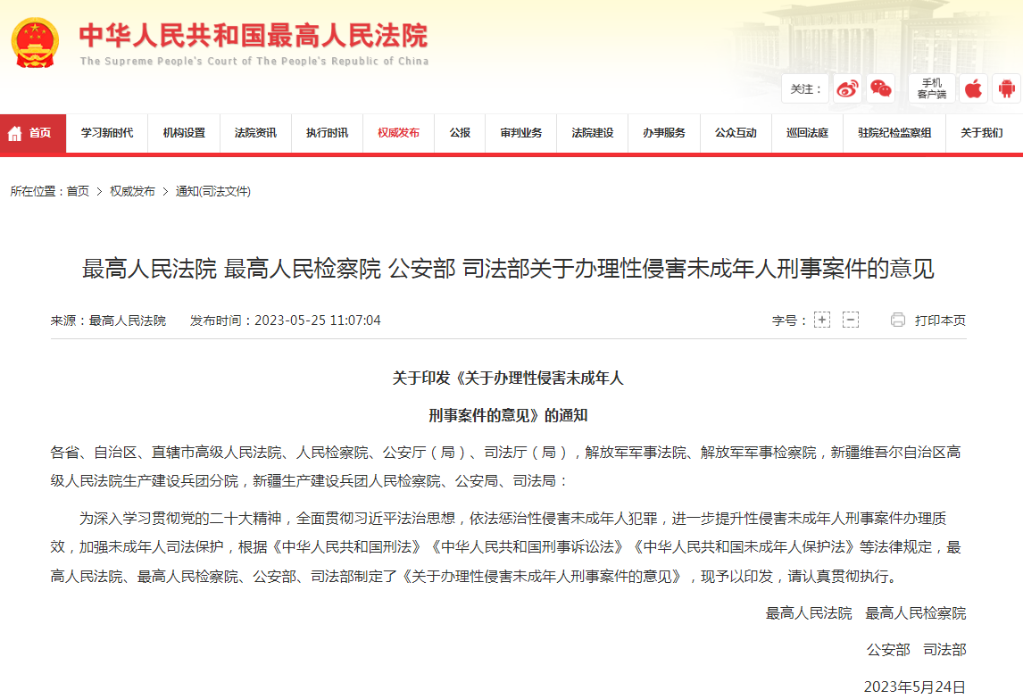
Wang Shi said, "This question ends here. Today we are not talking about this topic. Let’s finish the book first. Sensitive questions, you (do you think) caught Lao Wang (Wang Shi) today, and you are not interesting enough. Let people say that it is to kill you. I think you are colluding. "
The reason is that at the beginning of the interview, Wang Shi was asked about the attitude of citizen entrepreneurs to politics and the public sphere. After being silent for a few seconds, and talking about his own anxiety about the identity of entrepreneurs and his interest in the history of Japanese businessmen, he began to be tit for tat in the face of continued questioning.
"Don’t give me any politics, don’t give me that," Wang Shi said. "More importantly, you should seek your own protection, and self-protection is how you exercise your rights. What are your rights? You are the industrial and commercial class, so your property rights should be guaranteed, right? If property rights are not guaranteed, nothing else can be discussed. Of course, as a journalist and a writer, intellectual property rights should be guaranteed. Entity property rights cannot be guaranteed, and intellectual property rights cannot be guaranteed. This is the biggest problem. "
The following interview revolved around entrepreneurship and his overseas study experience. Of course, he cautiously revealed a little judgment on the real estate industry.
"No way" to regain control of Vanke
Wang Shi is dressed in a dark suit with a white shirt inside, and his thin figure is in obvious contrast with his gas field. When he looks directly at the questioner and speaks, he will observe the other person with very dignified eyes, and also bring in a gentle and leading smile from time to time, which adds to his aura.
This man is not something you can understand in a few hours. He is used to not doing what he doesn’t want to do.
Wang Shi’s trip is to promote his two books, Road and Dream, which tell the experience of Wang Shi and Vanke before 2013, among which "Avenue of course" comes from Vanke’s previous theme "Avenue of course, fine and far-reaching".
The launch of a new book at this time node will inevitably lead to many conjectures. Since 2011, Wang Shi is fading out of Vanke.
In some people’s eyes, Wang Shi has become Vanke’s "emperor". He was also asked about his relationship with Vanke this time. Wang Shi, sitting in an armchair, suddenly stood up and said, "I am the chairman!" " But when asked if he would return to the position of general manager to directly manage Vanke, he decisively replied, "No way!"
In fact, not long ago, Wang Shi also visited Vanke’s first shopping center. Vanke employees privately said that "Lao Wang" regardless of specific matters, only to enter overseas and other strategic choices.
However, Netease Real Estate learned that Vanke’s project in San Francisco has not yet shown clear signs of return. Although Vanke owns 71.5% of the equity of the project, it handed over the operation to tishman speyer. A person close to Vanke told Netease Real Estate that Vanke was "just participating".
With the handover of Wang Shi and Yu Liang, Vanke’s reform was interpreted by the industry as "going to Wang Shihua", and this metaphor even rose to Yu Liang to promote marathon, which is different from Wang Shi’s mountaineering.
Wang Shi’s answer was, "Yu Liang’s climb to Mount Everest, plus the marathon, put me under pressure. The younger generation has challenged me, and now I am also ready to run a marathon. "
Pessimistic view of real estate this year
Wang Shi believes that he has brought Vanke three precious things: modern enterprise system, team and corporate brand. And Wang Shi, who gave up his equity and personally established Vanke’s professional manager system, will Vanke leave him completely? Just like Washington handed over the empire he founded to democracy.
Wang Shi said, "I am a passionate idealist", and Christian civilization gave him the ideological enlightenment of enterprise management. "To understand modern civilization, we should understand western Christian civilization" and "I didn’t go to study abroad to become it".
Wang Shi said that the changes in the business model of enterprises in the era of "big data" will even have a greater impact than the trend of mobile Internet.
Wang Shi said, "The situation in 14(2014) was very bad." Then he stopped the topic.
Interview dialogue:
Q: Tell me about your identity as a businessman.
A: I’m more interested in Japan, so take Japan as an example. Historically, the status of Japanese businessmen was even lower than that of China. When the samurai class saw businessmen who were not pleasing to the eye, they often said that they would do it. Others compare China businessmen with Jews, thinking that they are close, but they are also different in business. The problem of identity positioning solves the problem of where to come from and where to go. In China, modern businessmen should not only represent one person, but also a class. As a human being, I care about respect for human rights: if you are a prisoner on death row, you must be given the opportunity to meet. If you can’t guarantee this, what can you guarantee? But as a businessman, I care about the respect for property rights and whether my legitimate income can be guaranteed.
Q: What influenced you the most about the events written in the book?
A: I am an idealist, a passionate idealist. Many people ask, how have Harvard and Cambridge changed me? But in fact, when people reach the age of 30, their world outlook has been stereotyped, and Harvard has not changed my world outlook. What has the greatest influence on me should be the eight-month experience of starting a business in Shenzhen. The ups and downs in the meantime have benefited me immensely. After that, the most important period for me was the cultural transformation in 1988, the storm of anti-M&A in the stock market, and the current stage of Vanke’s diversification to specialization.
Q: Why did you think of writing the book "Avenue of course"?
A: I wanted to give up publishing books at first, but I didn’t have a clue after delaying. I was not particularly satisfied with the last four years of the first edition of Roads and Dreams, but this time the new edition was changed to 2010. This time node is Vanke’s appearance at the Shanghai World Expo and my second visit to Mount Everest. I went to Harvard in 2011, so readers will be disappointed if I don’t write about Harvard and Cambridge next. From November last year to January this year, I lived a very, very hard life: during the day, I went to talk to my tutor in the morning, soaked in the library in the afternoon, and began to write a book in the evening. As soon as I wrote it, I wrote it until after three o’clock in the morning. Before I knew it, I heard birds awake and chirping outside the window.
Q: Is your interest in religion related to the management of enterprises?
A: Western modern civilization is based on Christian culture. From the dark Middle Ages to the Renaissance, even charity began with religion: monasteries and universities, which one is inseparable from religion? To understand modern civilization, we must trace it back to Christianity, and modern enterprises also came out in this way. The principles of transparency and equality upheld by modern enterprises are all related to Christianity. To study Christianity, we can explore it from the perspective of "why" instead of faith. If I had to choose a religion to believe in, I might choose Protestant Christianity. It’s not that I agree with the Protestant doctrine, but its big rose window, choir and painting attract me from the aesthetic point of view.
Q: Can you talk about entrepreneurship in China?
A: The urbanization process in China has destroyed many original things. Vanke is also aware of this problem, so we are very afraid to intervene in urban demolition. If we compare China’s cities with foreign cities, American cities, Boston, new york and San Francisco have the most entrepreneurial spirit, while Detroit is relatively lacking. The most entrepreneurial city in China should be Shenzhen. At present, 40% of the brands of private entrepreneurs in China are in Shenzhen. It has always been a city with a small government and a big society, with the most developed volunteer organizations and the most blood donation hours, which is where entrepreneurship is easy to occur. What is entrepreneurship? To put it bluntly, entrepreneurship is innovation. The products of Ma Yun, Ma Huateng and Zhang Chaoyang are the best representatives of innovation. Wechat’s defeat of QQ is also the best expression of innovative spirit. In this era, entrepreneurship also includes the ability to integrate resources. For example, Xiaomi of Lei Jun is a representative of the ability to integrate resources.
Q: In Q:2009, when you attended the awards ceremony, the organizer gave you three label choices, namely "entrepreneur", "mountaineer" and "no bribery". Finally, you chose "no bribery". Do you remember?
A: Later, in my MBA class, I told the students about it and asked the people in the audience, "Who believes that I will never pay bribes?" In the end, only half of the people raised their hands. Don’t you think it’s ridiculous? But who is ridiculous? What is ridiculous is not entrepreneurs and me, but this society. But it is precisely because of this that people who persist in this absurdity will be valuable. My "no bribery" can be investigated. Not only the present can be investigated, but also my past history can be investigated. Some people say I don’t pay bribes, but my men may pay bribes. But for me, there is no difference between bribery by my men and bribery by me. It is easy to ensure not to pay bribes in management, but it is not easy to do business well without paying bribes.


























